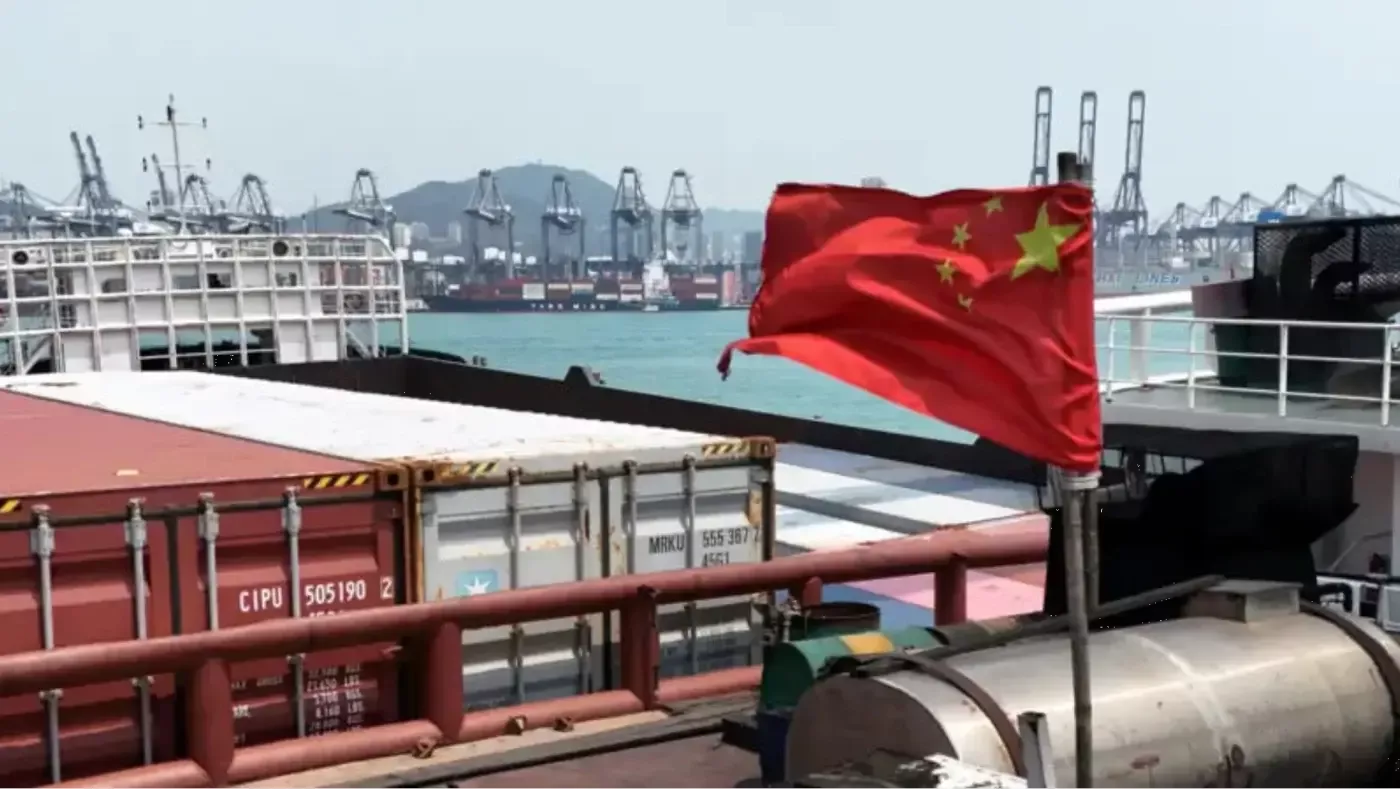
On April 2, when Trump announced a trade war to the world, he imposed a 34 percent additional tariff on Chinese imports to the US. The president delayed the implementation of the tariffs by a week, proposed negotiations with all countries, and promised relief for those who showed a "phenomenal" approach.
China criticized this attack and called on other countries to defend the freedom of global trade. Two days later, China's Ministry of Finance announced it would impose similar 34 percent additional tariffs.
At the same time, China filed an official complaint with the World Trade Organization. However, the dispute resolution mechanism at the WTO has not been functioning for many years, as the US considers the organization a tool to enhance China's economic influence and has suspended the work of the appellate body.
Trump's tariff policy remains primarily aimed at China, as it is the country that exports the most goods to America. The US has a significant trade deficit with China, and Trump had already initiated a trade war during his previous presidency.
The first attempt did not yield significant results. After Trump returned to the presidency in January 2025, he launched a second war. Following the announcement on April 2, additional tariffs were imposed on Chinese goods, raising the overall rate to 54 percent.
Additionally, starting from May 2, Trump will eliminate the exemption for packages shipped for less than $800 for online stores. This decision could significantly impact Chinese retail online sellers like Shein and Temu. In 2024, Americans received approximately 1.5 billion shipments sent under such exemptions.